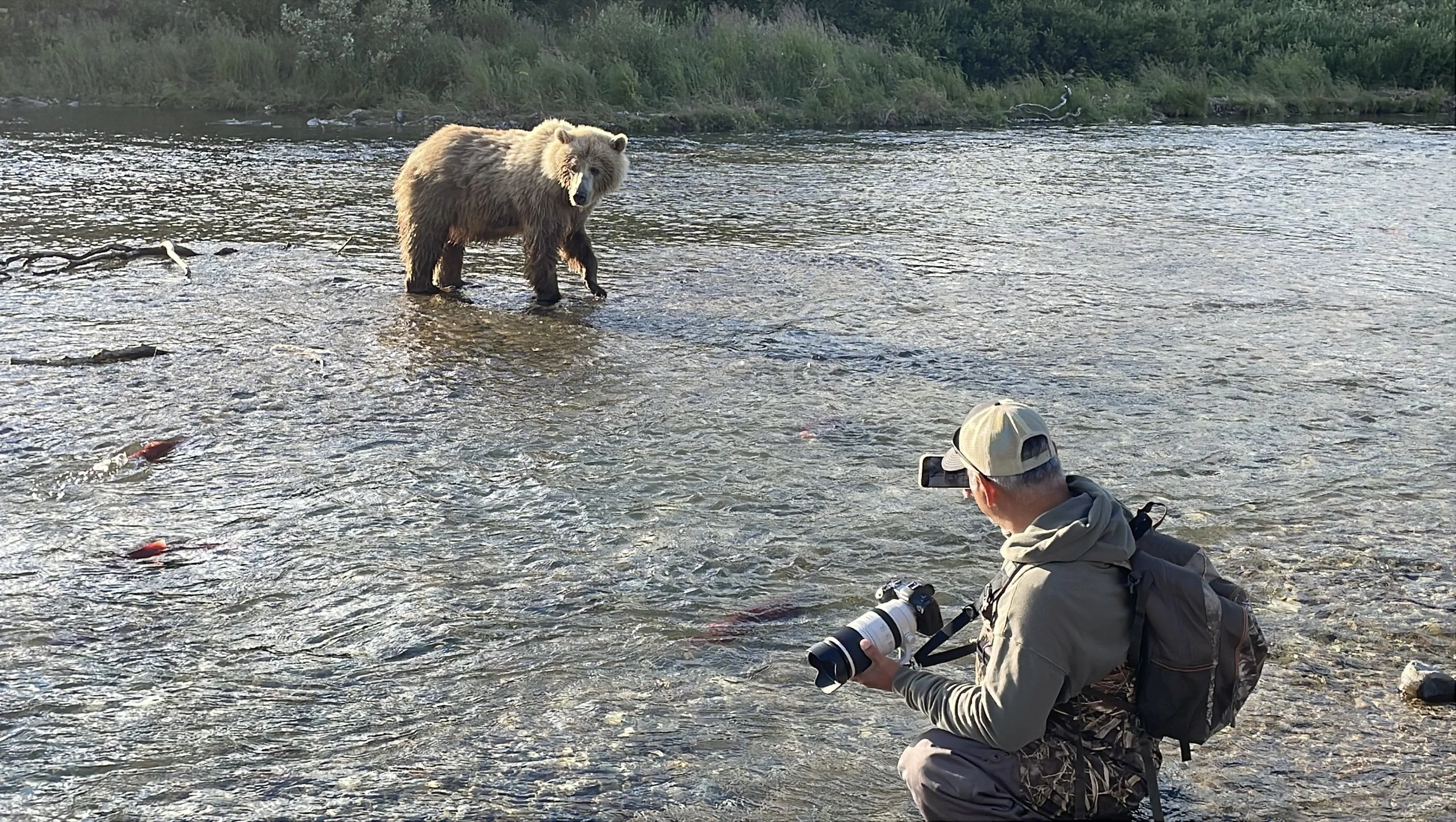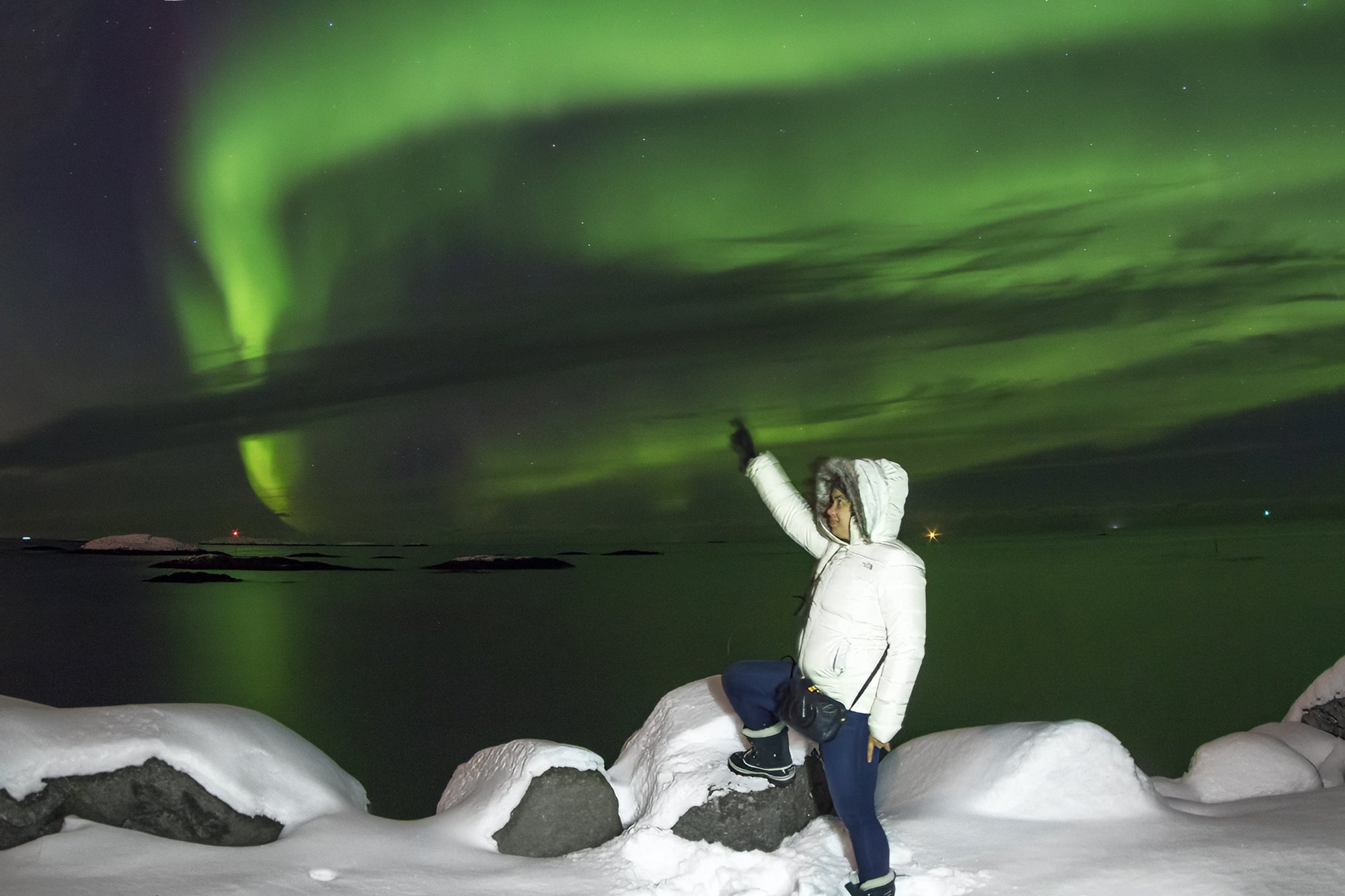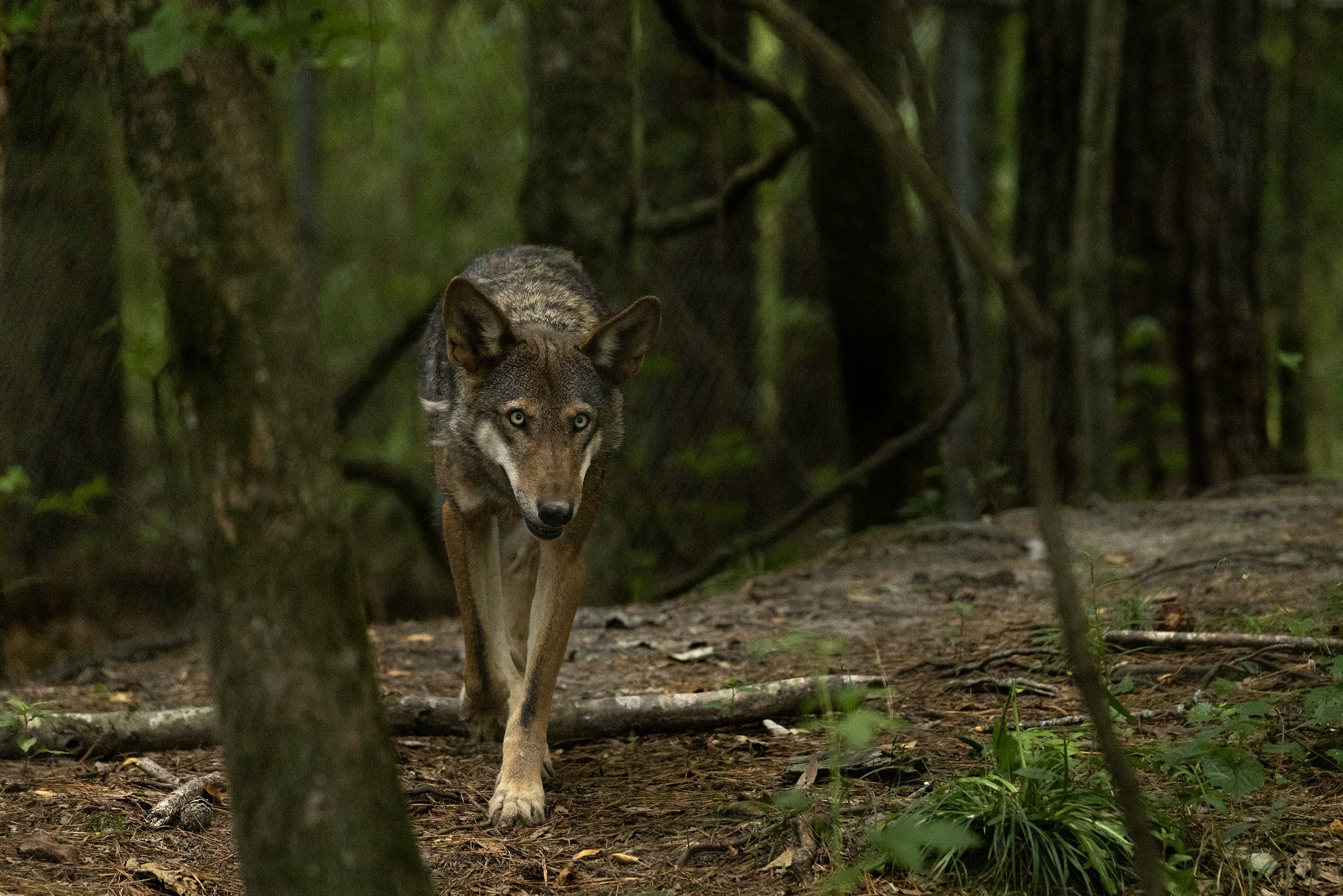Tonight, I was in Baja having dinner with my guests. We were walking into the restaurant when I overheard Mike, one of our guests, talking about how he hurt his knee while falling at an active volcano.
What made me laugh wasn’t the story… it was how normal the conversation sounded.
In our world, talking about photographing an active volcano, diving with crocodiles, or photographing polar bears is just part of life.
These aren’t once-in-a-lifetime experiences, they’re Tuesday night conversation over dinner.
The people in this little circle we move through... they’re all the same, yet so incredibly different.
We come from completely different walks of life, different countries, careers, cultures, but here, in this space we share, we’re all kindred spirits.
And it shows.
We talk about the animals we want to see next, the places we’ve been, and the ones still calling to us. We laugh about cold-water dives, close passes, gear failures, and surprise encounters with wild things.
It doesn’t sound exotic. It doesn’t sound special. It just sounds like us, going through the motions of being who we are... or maybe who we were born to be.
It’s in those little moments—over beers, under stars, or walking into a Baja restaurant, that I realize just how rare this tribe is.
We don’t all look the same.
We don’t all talk the same.
But we all know where the magic is.
And we all want to stay there as long as we possibly can.




















